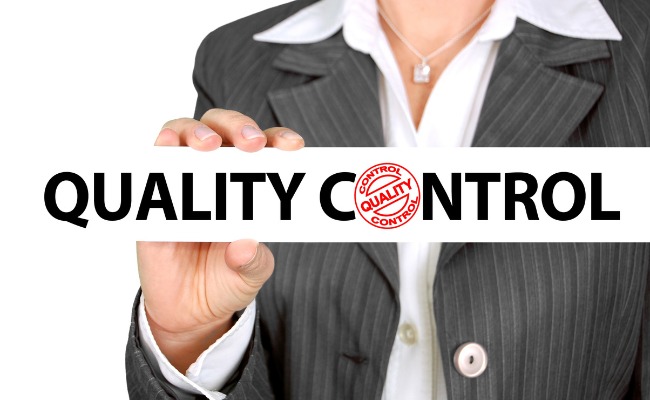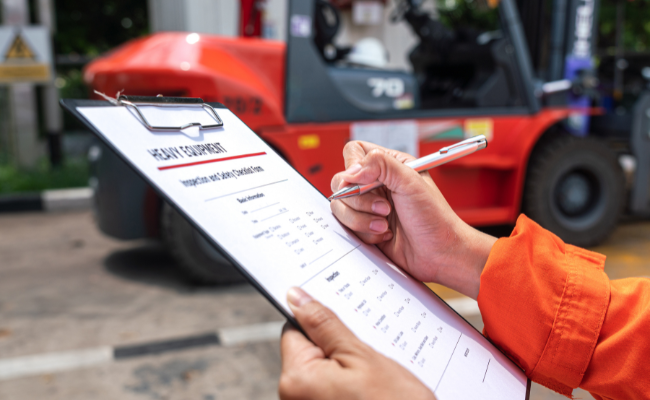For numerous Western business proprietors, opting to produce products or components in low-cost regions like China presents a formidable decision. Nonetheless, the majority eventually take that step because factories in such regions can manufacture their products at a fraction of the cost compared to Western production.
Among the myriad concerns that business owners ponder when contemplating this transition, one of the most significant relates to quality. They question whether a Chinese factory can produce their components or products to the same standards as their suppliers in Europe or the US.
At times, their apprehensions are fueled by a persistent perception (albeit one that is gradually changing) that the label “Made in China” equates to subpar quality. While products mass-produced in China may have encountered quality issues in the past, a substantial number of Chinese factories now produce goods that meet or even surpass Western quality standards.
Several factors have driven this transformation, primarily increased exposure to global markets and their standards, along with the demands of China’s burgeoning middle class. These domestic consumers constitute a vast market in their own right and actively seek out, and are willing to invest in, high-quality goods spanning electronics, home decor, toys, apparel and accessories, sports and fitness equipment, among others.
Indeed, certain Chinese consumer brands have achieved global recognition, exemplified by names like Xiaomi, Haier, and Lenovo.
Drawing from our experience of several years in China as a sourcing agent, we would like to share some insights into quality within the Chinese manufacturing sector.

Cultural disparities in attitudes towards quality between China and Europe or the US persist despite China’s longstanding status as a global exporter. Buyers and sourcing agents often encounter these differences firsthand.
A common encounter revolves around the phrase “just about right.” During quality inspections, when products exhibit unacceptable deviations, factory representatives frequently assert that they are “just about right.”
However, when assessing components against specific quality standards outlined in manufacturing agreements, such responses fall short, especially when products fail inspections due to deviations of around .2 mm or variations in color within a batch. While such tolerances might be acceptable to some manufacturers, they are deemed unacceptable by many buyers and their clientele. Thus, despite perceptions of being overly meticulous, Western stakeholders persevere.
Nevertheless, relying solely on Western standards to evaluate quality control in Chinese factories may prove unreliable, leading to the next point.
When auditing Chinese factories using Western standards, two recurring outcomes often emerge:
Why does this matter?
Western quality control standards, such as having an in-process quality control officer stationed at the factory, might seem impressive on paper. However, there’s a critical question: Is that designated person genuinely qualified for the role, and are they actively engaged on the factory floor?
In our experience, having a seasoned individual, like an elderly lady with calipers, meticulously inspecting products during production proves far more effective than a mere “quality control officer” whose presence may impress during audits but adds little value to maintaining manufacturing quality.
Most of the factories we collaborate with excel in quality precisely because they specialize in specific niche segments. Their employees possess deep expertise in their respective products.
When selecting a Chinese factory, prioritize those with a track record of manufacturing your particular product or those that have supplied to Western markets before. This ensures familiarity with Western quality expectations.
During negotiations, ensure all product specifications and expectations are clearly communicated and documented. Arrange for quality control inspections, as most factories are receptive to such checks. Avoid factories that resist inspections.
Adhering to these fundamentals typically yields satisfactory results, sparing you undue stress and frustration.

In simple terms, you get what you pay for. Raw materials, labor, utilities, and machinery maintenance all incur expenses. Consequently, manufacturers have a minimum cost threshold to maintain quality standards.
Occasionally, large buyers may attempt to further drive down prices, leading suppliers to concede, often due to the scale of the order. However, artificially slashing prices can lead to compromises elsewhere—lower-quality materials, less skilled labor, or poor working conditions—ultimately impacting product quality and, subsequently, your reputation and delivery timelines.
To overcome these challenges and ensure successful sourcing from China, businesses should implement a comprehensive quality control strategy. This includes:
By implementing these quality control measures, businesses can navigate the complexities of Chinese manufacturing and source high-quality products that meet their customers’ expectations. Partnering with experienced supply chain consultancies can further enhance the effectiveness of these efforts and provide an additional layer of assurance.
In navigating these challenges, BLND-Sourcing stands ready to assist as your trusted sourcing agent in China, ensuring smooth and reliable procurement processes tailored to your needs.
